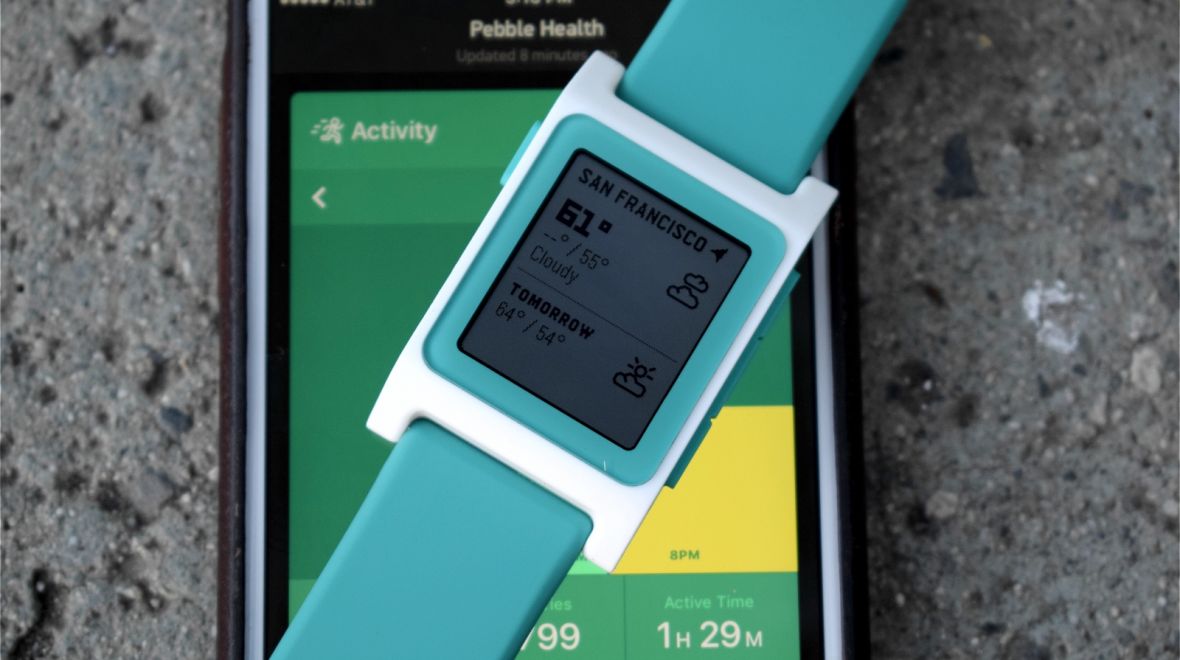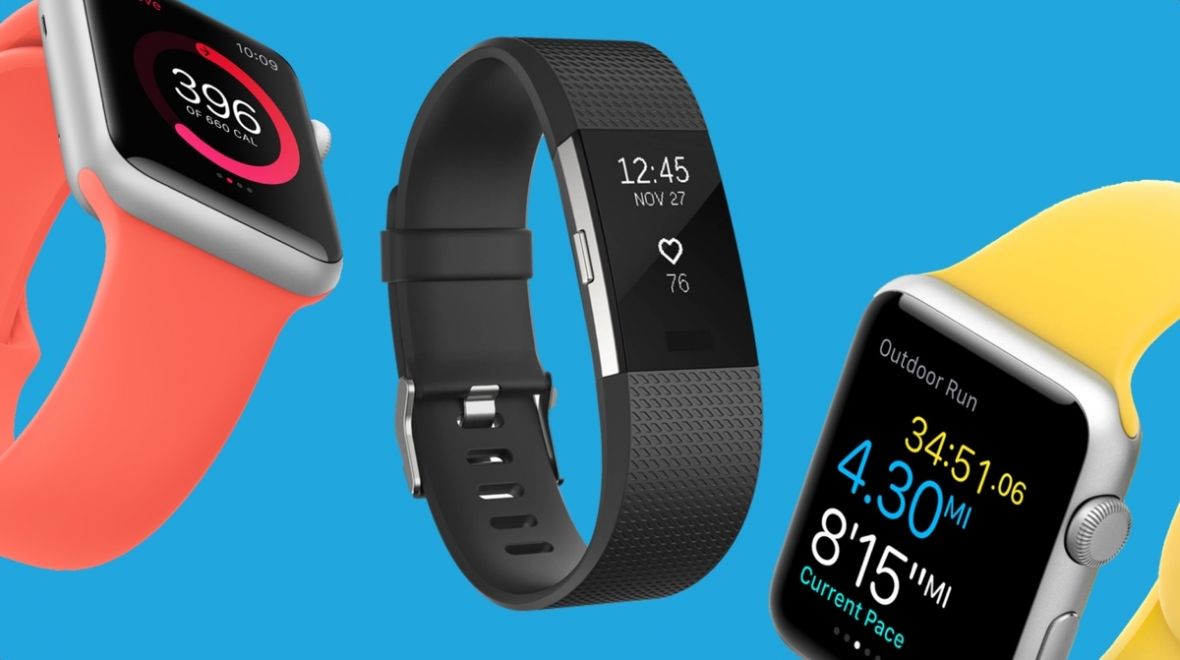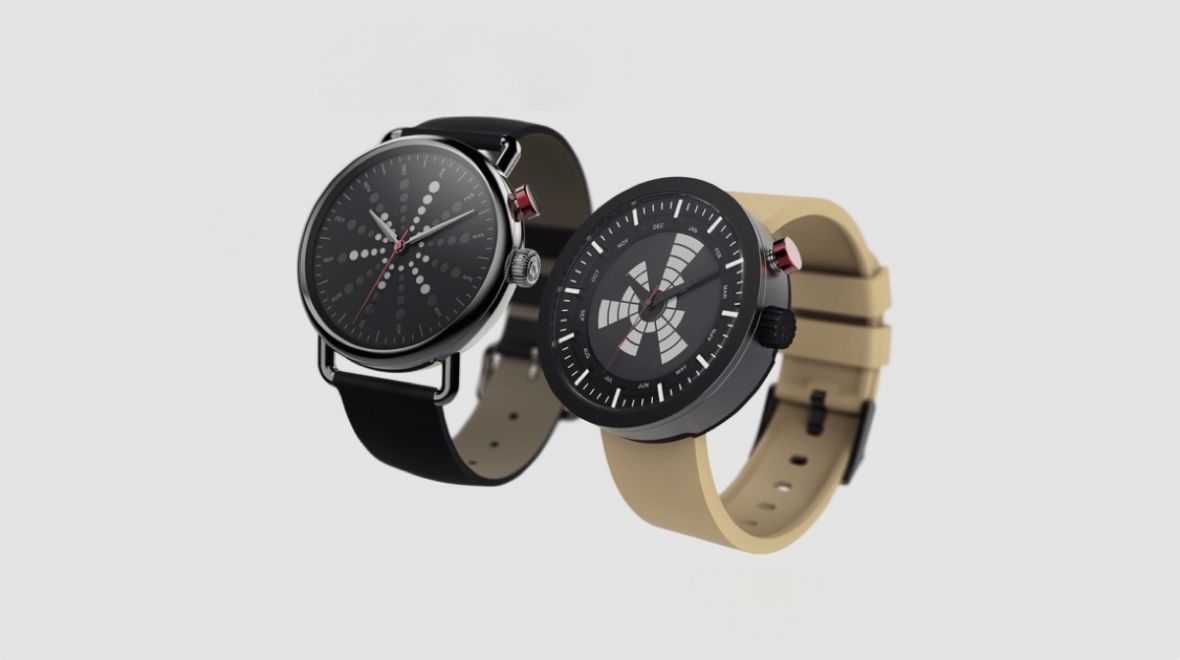With some of Google’s original Android Wear partners currently giving the smartwatch OS the cold shoulder, newcomers like New Balance and Casio are leading the charge in 2017. After launching its first ever Android Wear smartwatch in January 2016, Casio is back a year later and it’s ready to go again with the WSD-F20, which now falls under the company’s Pro Trek Smart brand.
Kayo Okada led product development on Casio’s first foray into the world of proper smartwatches and is doing the same for its latest device. At this year’s CES she told us that Casio’s second generation smartwatch is a culmination of an ongoing learning process about what people want from smartwatches, as well as the feedback it received for the first model. “The WSD-F10 was very well received and we had a lot of positive feedback,” she said. “We believe that positive feedback was down to the fact that we had one of the few smartwatches out there that were designed for a specific purpose.”
Read this: Casio WSD-F20 Android Wear watch first look
That specific purpose Okada talks about is something that is tailored towards outdoor use, much like the Nixon’s first Android Wear watch was. The biggest pieces of feedback Casio received was users lamenting the lack of GPS, something we were also very critical of in our review – especially when it’s a feature that’s pretty much a given for outdoor watches. This is something Casio was well aware of and while the company had intentions to include it, there was a specific reason why it didn’t make the cut.
“When we launched the first model we were unable to embed the GPS because GPS uses a lot of power,” Okada explained. “If we embedded the GPS into the model then we wouldn’t have been able to secure enough battery life for use outdoors. For this model we were able to use a low power GPS chip and that’s why we were able to have the built-in GPS this time.”
Working with Wear 2.0
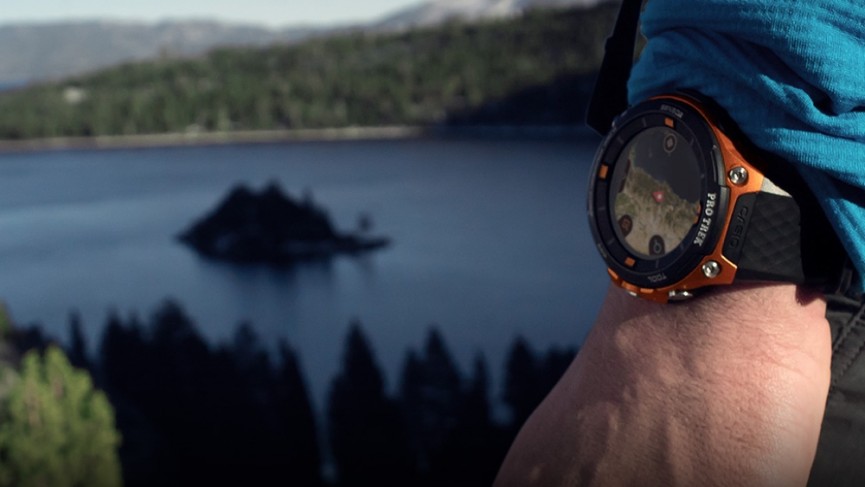
Casio’s new smartwatch will be one of the first to run on the hotly anticipated Android Wear 2.0 update, which brings a host of new features to the smartwatch platform and could get Google back on track after it delayed the launch in 2016. The Casio team has been involved in the early stages of the latest update’s development, ensuring they can make the best use of it, and they were pleased with what Google had come up with. “This new operating system is going to greatly improve the usability of our smartwatch by adding standalone apps and allowing the watch to stand alone,” Okada said.
While Casio believes there is a lot to like about Wear 2.0, there’s clearly room for improvement and it’s hearing a lot of the same feedback from people actively involved with the operating system. “When we talk to the people from partner applications, whether it’s developer or PR people, they say that it’s quite difficult to develop applications that are dedicated to wearable devices,” said Okada. “It’s still costly. If Google and Android Wear can provide the opportunity to lower the cost of developing apps for smartwatches and wearable devices that would be quite welcome.”
Anyone that’s tried the first Casio Android Wear smartwatch will be well aware that it’s not made for dainty wrists. It’s unlikely that bulk is going to disappear, at least for the time being, and while it’s Okada’s dream to make something better suited for women, there are very clear reasons why Casio needs to stick with the hulking frame for now. “We wanted to achieve the better usability of the map application and that required securing the size of the screen,” she told us. “If we have to achieve the water resistance, the robustness and the battery life then we needed some size. We needed to strike a good balance between the two.”
Sticking to the outdoor approach
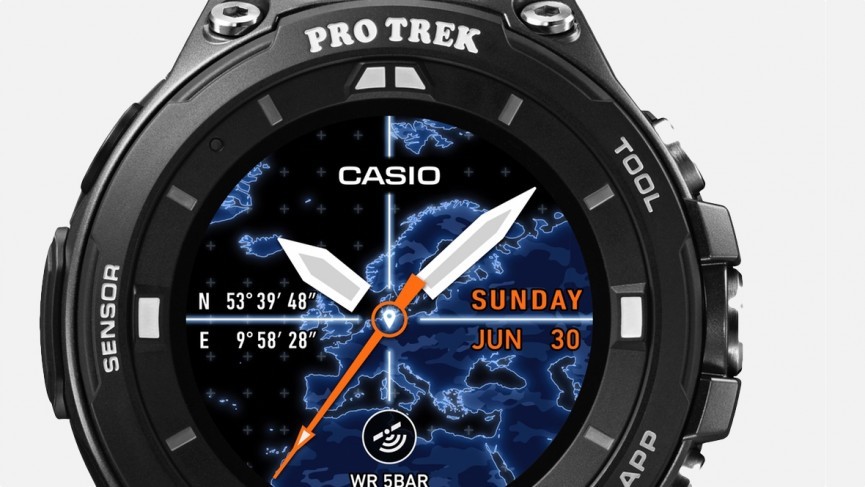
Though a company that’s been in the business of making of making watches for some time, Casio is still a relative newcomer to the smartwatch space and it’s not clear how WSD-F10 stacks up to its existing products. In that short space of time, though, it’s already learnt a lot about what it’s getting right and wrong with making them and what the current state of play is with the market.
“Smartwatches have not yet penetrated the market,” Okada said. “So the knowledge levels from users greatly varies. When it comes to communicating the features to the user we didn’t know how to convert the messages or explain features to them.”
“The smartwatch market itself has not matured yet. The users themselves don’t know how to use smartwatches effectively. I think the role of Casio is to provide devices or applications that match the objective of the users. By doing that we can improve the awareness of the users and consumers on how convenient a smartwatch can be. That’s why we decided to adopt the outdoor angle for our first smartwatch.”
Latest Android Wear reviews
For now it seems that Casio is going to stick with this outdoor-friendly approach, as it believes the general purpose smartwatch market is “limited”. But it’s not ruling out looking at other types of smartwatches in the future. Something it’s not considering right now is hybrid smartwatches, despite other traditional watchmakers like Fossil making great strides on this front.
“We are not looking at hybrid smartwatches now,” Okada said. “We have two business divisions. One is the timepiece division and this is focused at looking at analogue watches with our Smartphone Link technology. Our other business division, which is called emerging business division, is where we are developing smartwatches. These are the two pillars we are focusing on right now.”
The key, it seems, lies in creating watches with specific purposes, and Casio is already thinking of ways it can get smarter with its outdoor smartwatch. “There is room to improve the robustness,” said Okada. “We can also look at how it can be used for instance when both of the users’ hands cannot be used. We can even improve the battery life and look at improving the wearability of the watches overall.” It sounds very like Casio is in this smartwatch game for the long run.
SOURCE:http://www.wareable.com/casio/kayo-okada-casio-interview
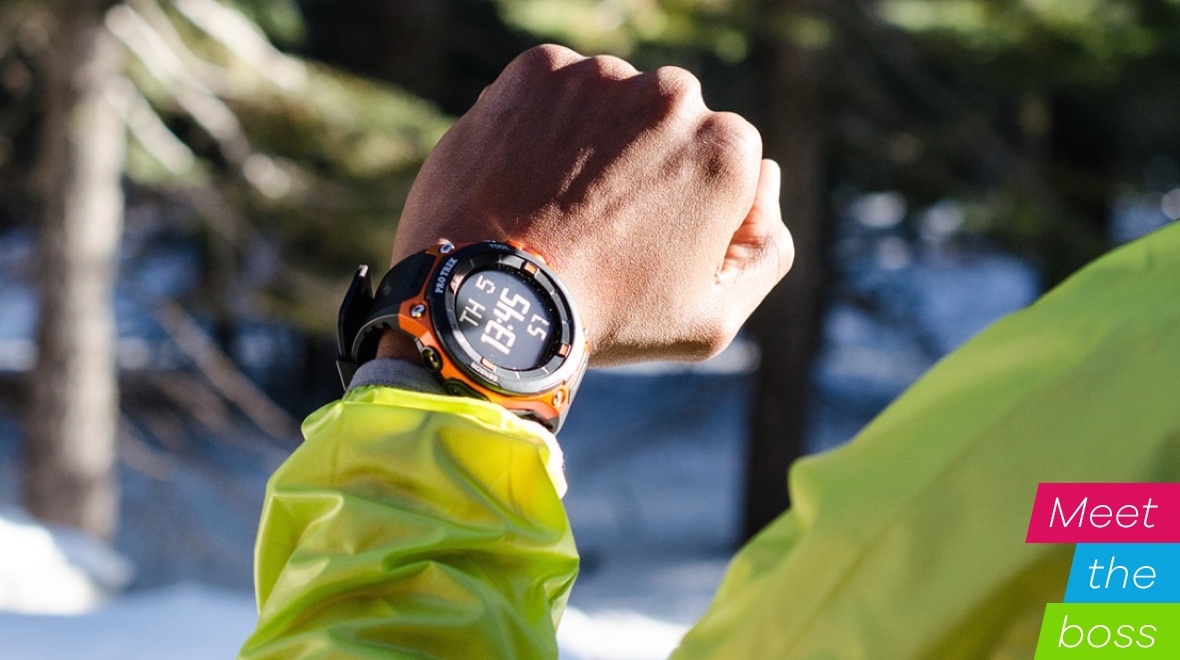
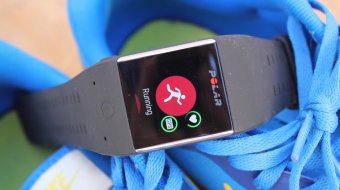 Polar M600 reviewPolar’s first Android Wear smartwatch doesn’t feel like a smartwatch… and that’s good
Polar M600 reviewPolar’s first Android Wear smartwatch doesn’t feel like a smartwatch… and that’s good Nixon The Mission reviewSurfers and skiers: this is your smartwatch
Nixon The Mission reviewSurfers and skiers: this is your smartwatch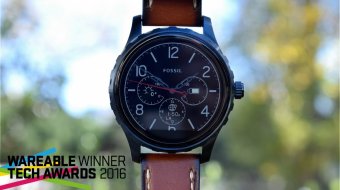 Fossil Q Marshal reviewThe classiest Android Wear show in town
Fossil Q Marshal reviewThe classiest Android Wear show in town